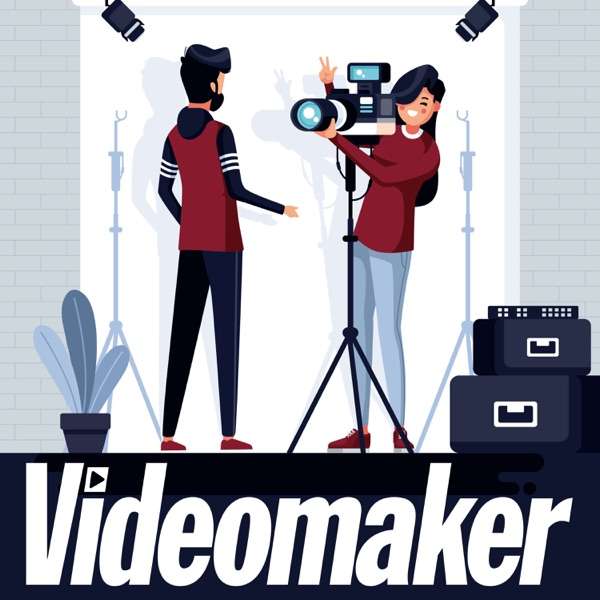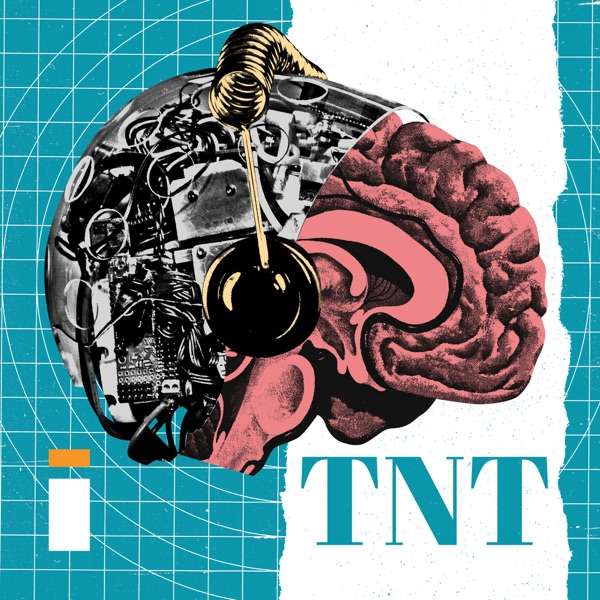Ben Shneiderman is a leading figure in the field of human-computer interaction (HCI). Having founded one of the oldest HCI research centers in the country at the University of Maryland in 1983, Shneiderman has been intently studying the design of computer technology and its use by humans. Currently, Ben is a Distinguished University Professor in the Department of Computer Science at the University of Maryland and is working on a new book on human-centered artificial intelligence.
I’m so excited to welcome this expert from the field of UX and design to today’s episode of Experiencing Data! Ben and I talked a lot about the complex intersection of human-centered design and AI systems.
In our chat, we covered:
- Ben's career studying human-computer interaction and computer science. (0:30)
- 'Building a culture of safety': Creating and designing ‘safe, reliable and trustworthy’ AI systems. (3:55)
- 'Like zoning boards': Why Ben thinks we need independent oversight of privately created AI. (12:56)
- 'There’s no such thing as an autonomous device': Designing human control into AI systems. (18:16)
- A/B testing, usability testing and controlled experiments: The power of research in designing good user experiences. (21:08)
- Designing ‘comprehensible, predictable, and controllable’ user interfaces for explainable AI systems and why [explainable] XAI matters. (30:34)
- Ben's upcoming book on human-centered AI. (35:55)
Resources and Links:
Quotes from Today’s Episode
The world of AI has certainly grown and blossomed — it’s the hot topic everywhere you go. It’s the hot topic among businesses around the world — governments are launching agencies to monitor AI and are also making regulatory moves and rules. … People want explainable AI; they want responsible AI; they want safe, reliable, and trustworthy AI. They want a lot of things, but they’re not always sure how to get them. The world of human-computer interaction has a long history of giving people what they want, and what they need. That blending seems like a natural way for AI to grow and to accommodate the needs of real people who have real problems. And not only the methods for studying the users, but the rules, the principles, the guidelines for making it happen. So, that’s where the action is. Of course, what we really want from AI is to make our world a better place, and that’s a tall order, but we start by talking about the things that matter — the human values: human rights, access to justice, and the dignity of every person. We want to support individual goals, a person’s sense of self-efficacy — they can do what they need to in the world, their creativity, their responsibility, and their social connections; they want to reach out to people. So, those are the sort of high aspirational goals that become the hard work of figuring out how to build it. And that’s where we want to go. - Ben (2:05)
The software engineering teams creating AI systems have got real work to do. They need the right kind of workflows, engineering patterns, and Agile development methods that will work for AI. The AI world is different because it’s not just programming, but it also involves the use of data that’s used for training. The key distinction is that the data that drives the AI has to be the appropriate data, it has to be unbiased, it has to be fair, it has to be appropriate to the task at hand. And many people and many companies are coming to grips with how to manage that. This has become controversial, let’s say, in issues like granting parole, or mortgages, or hiring people. There was a controversy that Amazon ran into when its hiring algorithm favored men rather than women. There’s been bias in facial recognition algorithms, which were less accurate with people of color. That’s led to some real problems in the real world. And that’s where we have to make sure we do a much better job and the tools of human-computer interaction are very effective in building these better systems in testing and evaluating. - Ben (6:10)
Every company will tell you, “We do a really good job in checking out our AI systems.” That’s great. We want every company to do a really good job. But we also want independent oversight of somebody who’s outside the company — someone who knows the field, who’s looked at systems at other companies, and who can bring ideas and bring understanding of the dangers as well. These systems operate in an adversarial environment — there are malicious actors out there who are causing trouble. You need to understand what the dangers and threats are to the use of your system. You need to understand where the biases come from, what dangers are there, and where the software has failed in other places. You may know what happens in your company, but you can benefit by learning what happens outside your company, and that’s where independent oversight from accounting companies, from governmental regulators, and from other independent groups is so valuable. - Ben (15:04)
There’s no such thing as an autonomous device. Someone owns it; somebody’s responsible for it; someone starts it; someone stops it; someone fixes it; someone notices when it’s performing poorly. … Responsibility is a pretty key factor here. So, if there’s something going on, if a manager is deciding to use some AI system, what they need is a control panel, let them know: what’s happening? What’s it doing? What’s going wrong and what’s going right? That kind of supervisory autonomy is what I talk about, not full machine autonomy that’s hidden away and you never see it because that’s just head-in-the-sand thinking. What you want to do is expose the operation of a system, and where possible, give the stakeholders who are responsible for performance the right kind of control panel and the right kind of data. … Feedback is the breakfast of champions. And companies know that. They want to be able to measure the success stories, and they want to know their failures, so they can reduce them. The continuous improvement mantra is alive and well. We do want to keep tracking what’s going on and make sure it gets better. Every quarter. - Ben (19:41)
Google has had some issues regarding hiring in the AI research area, and so has Facebook with elections and the way that algorithms tend to become echo chambers. These companies — and this is not through heavy research — probably have the heaviest investment of user experience professionals within data science organizations. They have UX, ML-UX people, UX for AI people, they’re at the cutting edge. I see a lot more generalist designers in most other companies. Most of them are rather unfamiliar with any of this or what the ramifications are on the design work that they’re doing. But even these largest companies that have, probably, the biggest penetration into the most number of people out there are getting some of this really important stuff wrong. - Brian (26:36)
Explainability is a competitive advantage for an AI system. People will gravitate towards systems that they understand, that they feel in control of, that are predictable. So, the big discussion about explainable AI focuses on what’s usually called post-hoc explanations, and the Shapley, and LIME, and other methods are usually tied to the post-hoc approach.That is, you use an AI model, you get a result and you say, “What happened?” Why was I denied a parole, or a mortgage, or a job? At that point, you want to get an explanation. Now, that idea is appealing, but I’m afraid I haven’t seen too many success stories of that working. … I’ve been diving through this for years now, and I’ve been looking for examples of good user interfaces of post-hoc explanations. It took me a long time till I found one. The culture of AI model-building would be much bolstered by an infusion of thinking about what the user interface will be for these explanations. And even the DARPA’s XAI—Explainable AI—project, which has 11 projects within it—has not really grappled with this in a good way about designing what it’s going to look like. Show it to me. … There is another way. And the strategy is basically prevention. Let’s prevent the user from getting confused and so they don’t have to request an explanation. We walk them along, let the user walk through the step—this is like Amazon checkout process, seven-step process—and you know what’s happened in each step, you can go back, you can explore, you can change things in each part of it. It’s also what TurboTax does so well, in really complicated situations, and walks you through it. … You want to have a comprehensible, predictable, and controllable user interface that makes sense as you walk through each step. - Ben (31:13)

 Our TOPPODCAST Picks
Our TOPPODCAST Picks  Stay Connected
Stay Connected







